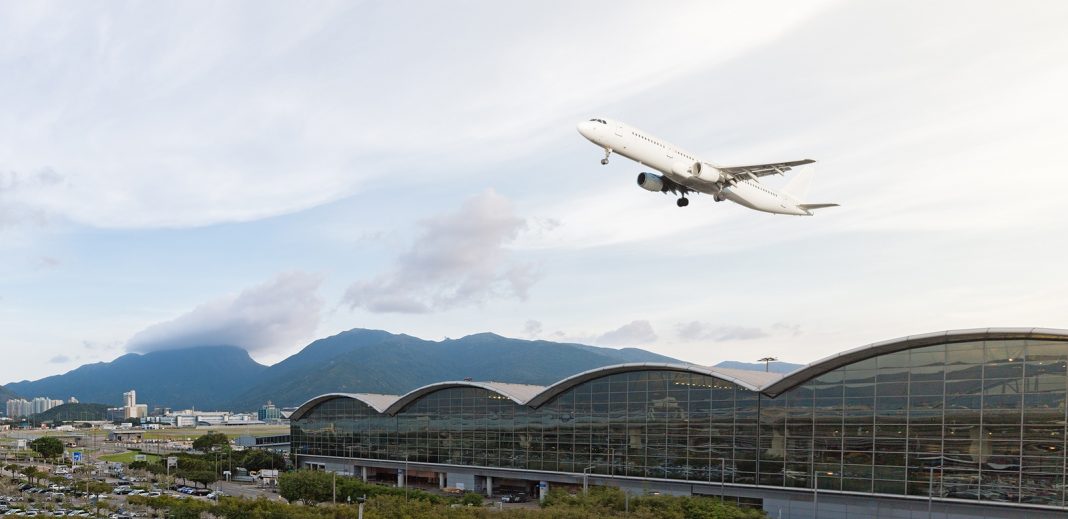The global airline industry kicked off 2025 with a powerful surge with January witnessing a robust 10.0% year-over-year (YoY) increase in total revenue passenger-kilometers (RPK), signaling a return to double-digit growth after a seven-month period of slower expansion, the International Air Transport Association (IATA) reported.
This impressive performance was further underscored by a 0.6% month-over-month (MoM) rise in seasonally adjusted passenger traffic, the report added.
Airlines responded to this heightened demand by boosting capacity, with available seat-kilometers (ASK) climbing 7.1% YoY and 1.2% MoM (seasonally adjusted). This strategic capacity expansion contributed to a record-breaking January passenger load factor (PLF) of 82.1%, a 2.2 percentage point increase compared to the previous year.
Both domestic and international PLFs surpassed historical January highs, rising by 1.2 and 2.7 percentage points, respectively. Notably, Latin American carriers were the sole exception, experiencing a slight decline in load factor as ASK growth outpaced RPK.
Asia Pacific airlines emerged as the primary growth driver, contributing a remarkable 56.6% of the industry’s net increase in total passenger traffic. This surge was fueled by strong demand across both domestic and international routes.
Key markets – India, China, Japan and Australia – within the region exhibited exceptional performance.
For India, domestic RPK surged by 17.1% YoY, despite engine-related challenges faced by some carriers. The continued expansion of low-cost carriers, which dominate the domestic market, further fueled this growth.
China’s RPK climbed 10.0% annually, coinciding with the start of the Lunar New Year travel period, which is anticipated to break passenger records.
Japan’s traffic soared by 12.1% YoY, marking a significant acceleration from December, while Australia maintained steady growth despite a 2.0% YoY contraction in ASK.
Across these markets, except Brazil and India, passenger demand outstripped seat availability, driving load factors upward.
In the United States, RPK growth remained within its long-term average, at 3.0% YoY, with low-cost carriers demonstrating particularly strong activity.
The international travel sector also experienced significant growth, with industry-wide international RPK rising by 12.4% YoY, up from 11.1% in December. This acceleration was evident across all regions except North America and Europe. Asia Pacific and European carriers, the largest contributors to international traffic, accounted for over 75% of the total annual RPK increase. Asia Pacific led with a 21.8% annual growth rate, driven by increased traffic from Northeast Asia, while Europe’s RPK grew by 8.6% YoY, maintaining its consistent growth trajectory.




